
A new study observed that the type of pertussis vaccine used to prime the immune system in childhood has a lasting effect on an individual’s future immune response.

A new study observed that the type of pertussis vaccine used to prime the immune system in childhood has a lasting effect on an individual’s future immune response.
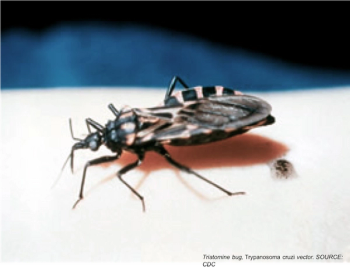
A new CDC report finds most states don’t track Chagas disease, but the agency says states should consider doing so if they have a large population of immigrants from countries where the disease is endemic.

An experimental HIV-1 vaccine regimen reportedly produced immune responses against HIV in humans and rhesus monkeys.
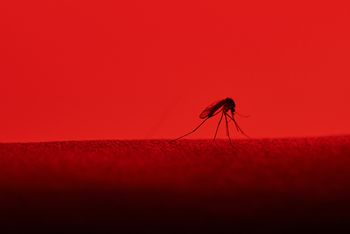
Researchers studying how pregnant women in the United States responded to the Zika virus outbreak of 2015-2016 emphasize the need to manage stress and fear during disease outbreaks.

The virus is only the latest to be used in experiments on a viral approach to cancer treatment.

The FDA calls for safety labeling changes for fluoroquinolones to warn of the risks of mental health side effects and serious blood sugar disturbances.
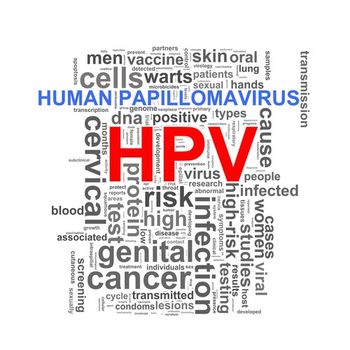
Study results suggest that HPV testing is able to detect cervical intraepithelial neoplasia earlier and more accurately than cytology.

Since 2015, there have been 47 reported cases of listeriosis across 5 countries in the European Union.

Varying dose levels of the GEN-003 vaccine were found to be associated with decreased viral shedding and lesion reduction at up to 1 year post-treatment.

Oritavancin is a useful antimicrobial option to help clinicians manage MRSA infections and other serious GPC infections in patients with cancer, including in those at the end-of-life.

Although questions remain pertaining to the E. coli outbreak linked with romaine lettuce, scientific advances led to several breakthroughs that would not have been possible just a few years ago.

The results indicate a significant link between sepsis and 15 cancers in elderly patients.

After 105 new cases of leptospirosis were reported in the Metro Manila area of the Philippines between June 10 and July 3, an outbreak was declared.

Johns Hopkins Hospital evacuates over tuberculosis concerns.

We’ve rounded up a list of important US Food and Drug Administration (FDA) recalls from this past week:

Stay up-to-date on the latest infectious disease news by reading the top 5 articles of the week.

CDC researchers say that some influenza respiratory infections may be originating in the eye, and thus, more research is needed pertaining to ocular transmission.
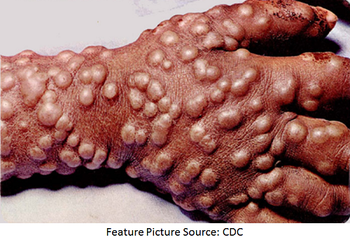
Development of the drug has been deemed necessary because of the potential for the use of the virus in a bioterrorism attack and waning herd immunity against the virus among the general population.

Text messaging is an easy way to improve medication adherence rates, but success depends on a number of factors including youth and race.

Hepatitis A outbreaks that have been crippling states across the nation since March of 2017 continue to wreak havoc in several cities.

A new study conducted by Tufts University School of Medicine identifies gender-specific signatures in gonorrhea infection as well as resistant genes.

Patients receiving home-based outpatient parenteral antimicrobial therapy who are female and have comorbidities are more likely to have worse outcomes, new research finds.

New CDC recommendations include the use of 3HP in children and individuals with LTBI who have HIV infection, including AIDS.

A recent study finds that shortening the rabies pre-exposure prophylaxis regimen is both effective and safe.
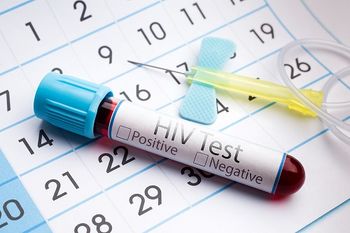
Increased testing and education, as well as assistance in financing the cost of care, are clearly needed.

There have been no confirmed cases of Ebola in the Democratic Republic of the Congo since June 6.

New research finds patients with HIV living in 5 southern states had lower rates of viral suppression and linkage to care compared to people in northern states.

Clinical pharmacy formulations are an affordable and viable approach.

Doctors are prescribing antibiotics too often for viral acute respiratory infections.

Current research trends indicate a need for updated guidelines and new technology to differentiate between Zika and other mosquito-borne infections.